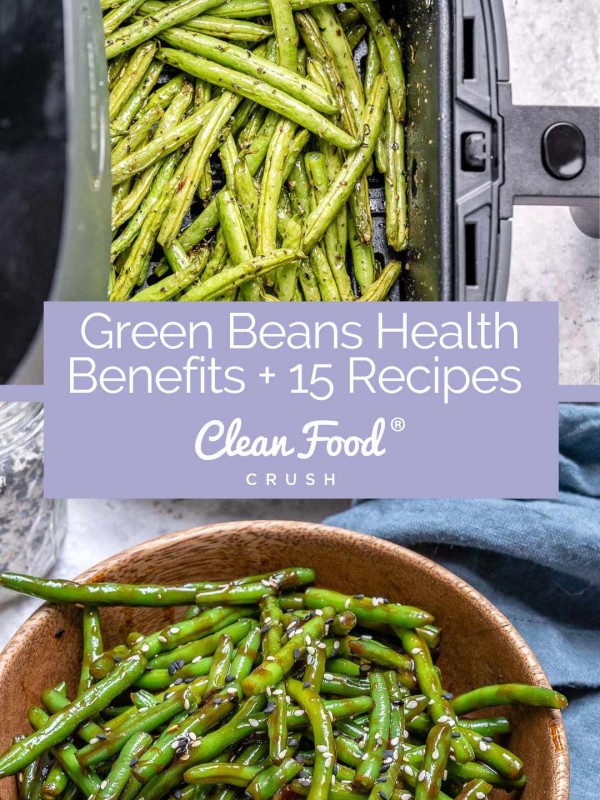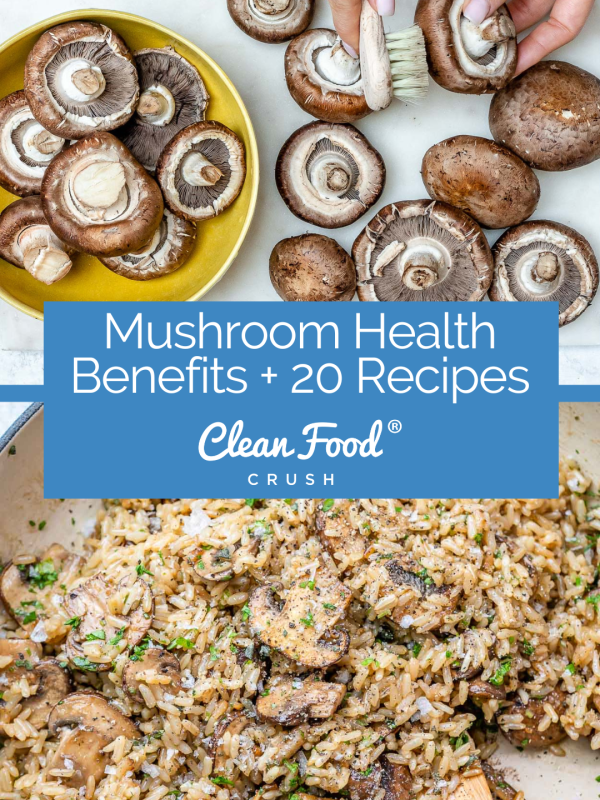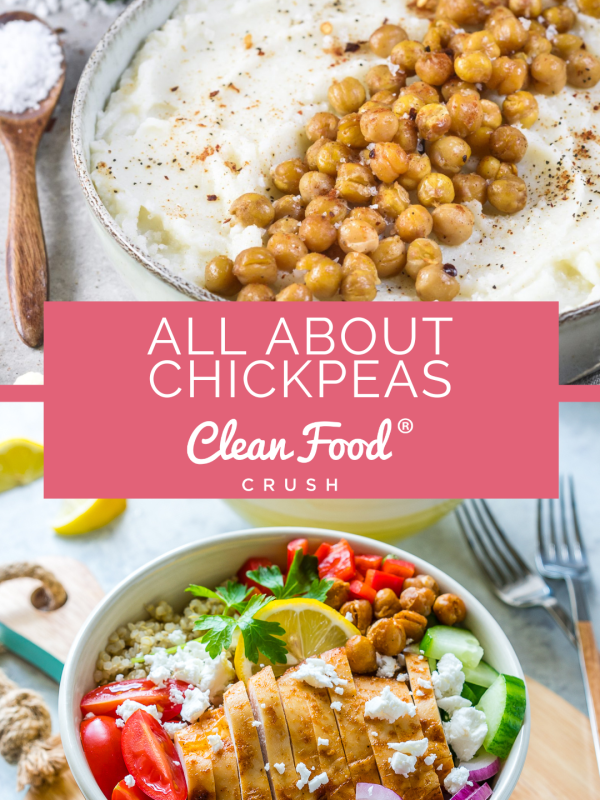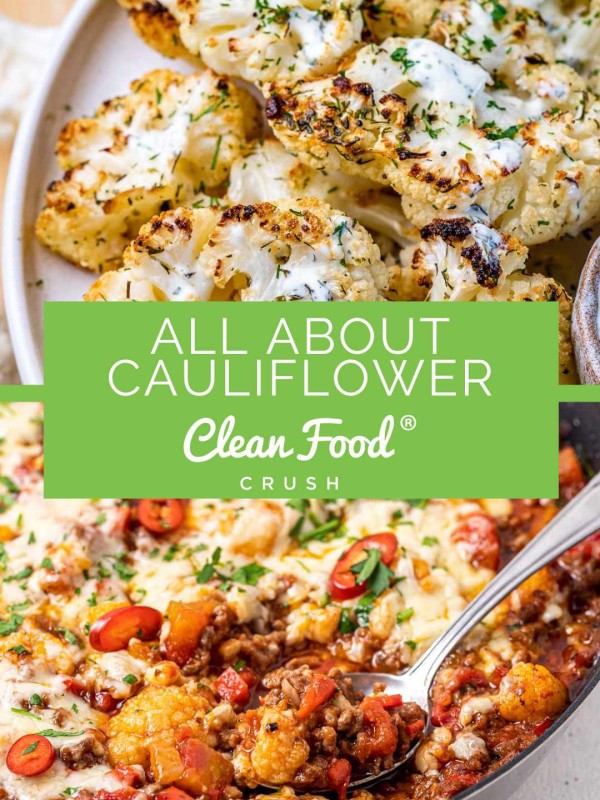This post contains affiliate links. Please see our disclosure policy.
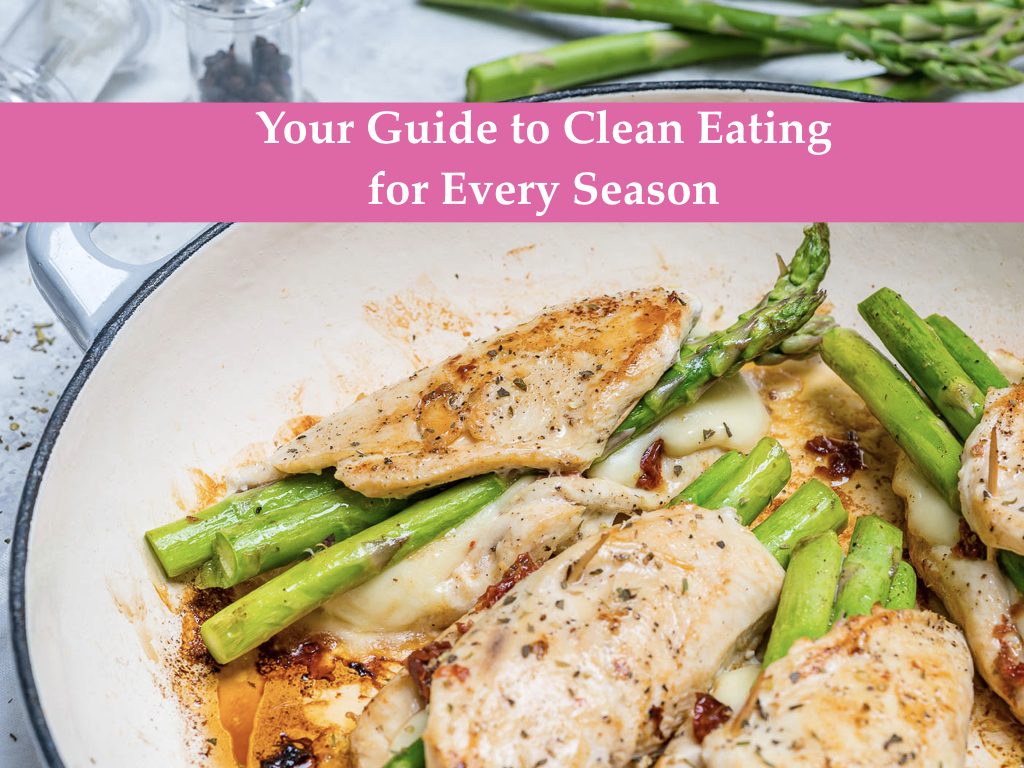
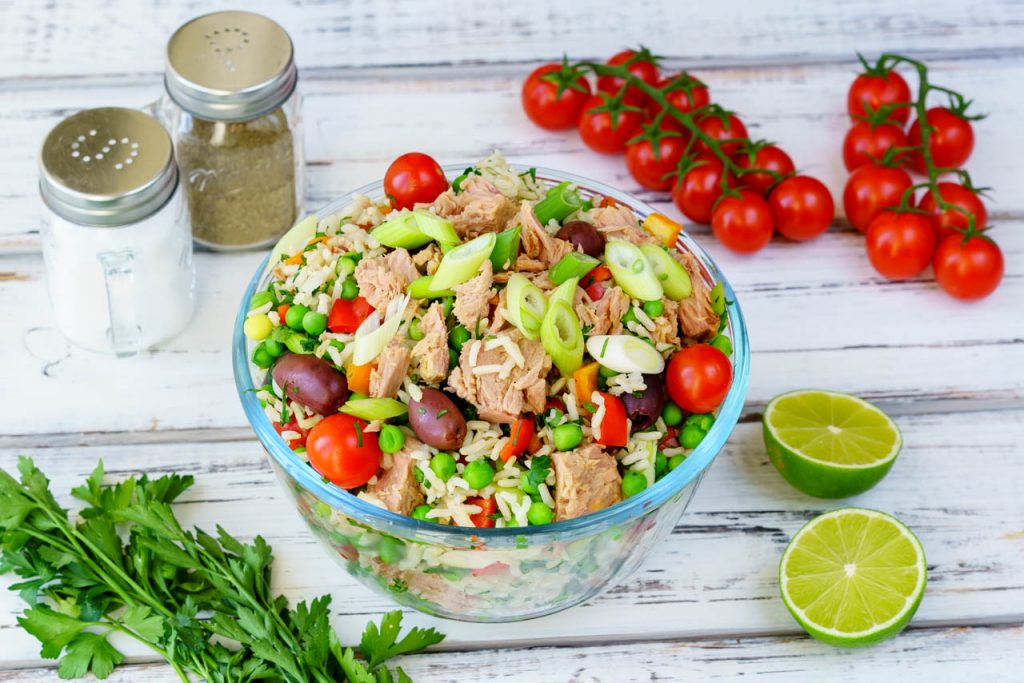
The concept of “eating seasonally” has long been utilized by many cultures and communities, and for good reason! Eating fruits and vegetables in season was commonplace before the rise of global commerce that made strawberries, tomatoes, and asparagus available in our supermarkets year round. And, while we totally agree that it is great to have so many healthy options year round, the concept of eating more seasonally is a positive choice to make for you health, your wallet, and the environment! If you want to find out what’s in season in your area, you can check out SeasonalFoodGuide.org.
Consuming foods in season tends to be healthier as the foods are more fresh, contain more nutrients, and generally taste better than they do out of season. Just think about those times you’ve eaten a juicy red summer tomato vs. a pale dry winter tomato. It’s a very different experience! Adopting this practice can also help save money since in season produce tends to be cheaper than out of season produce.
Eating seasonally can also help us to appreciate and try new foods which can help give us a wider range of vitamins and minerals. A great way to eat seasonally (and support your community) is by shopping locally at a farmer’s market or a co-op. Another option is to grow your own food, whether it’s a full on garden in backyard or an indoor herb garden. And, remember you don’t have to be perfect about eating seasonally. If you want an apple in the spring or a sweet potato in the summer, go for it! This is about putting an emphasis on eating seasonally, not about only eating seasonally.
Here are some tips and recipes for Clean Eating in every season.
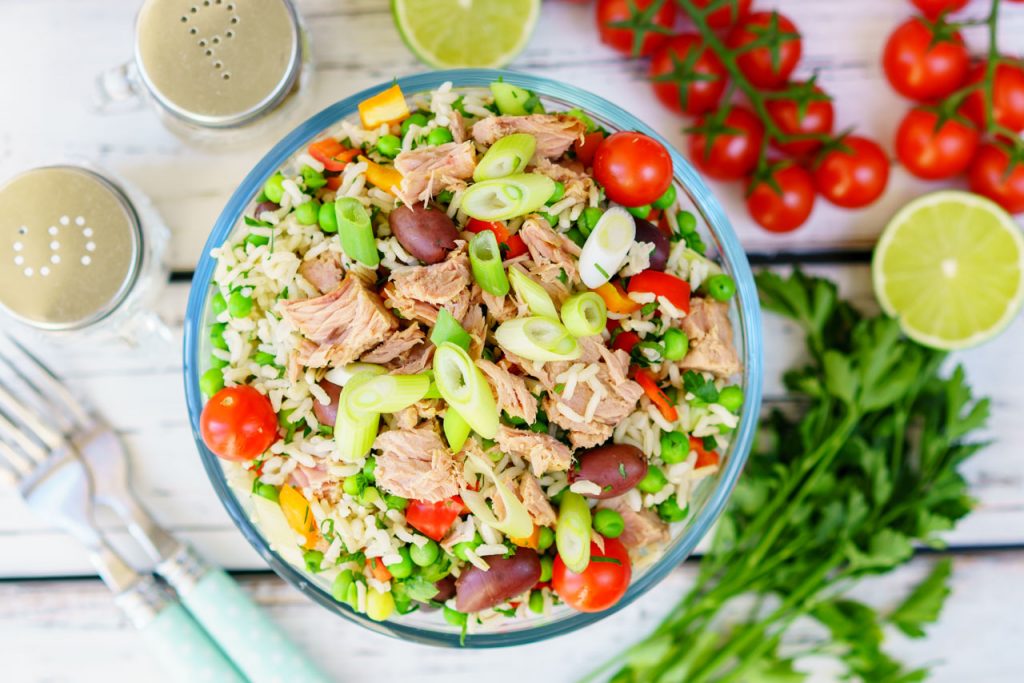 Clean Eating in the Spring
Clean Eating in the Spring
Spring is a great time to consume foods with bright colors that have a lightness to them. After consuming heavier foods throughout winter, you may find that you start naturally craving lighter meals that are cleansing on the body once March rolls around. Brothy soups, rice dishes, steamed veggies, and salads are all great options during this time.
Veggies: Asparagus, radishes, spring onions, arugula, dandelion greens, mustard greens
Fruits: Strawberries, apricots, kiwis, rhubarb
Recipes: Colorful Spring Tuna Salad
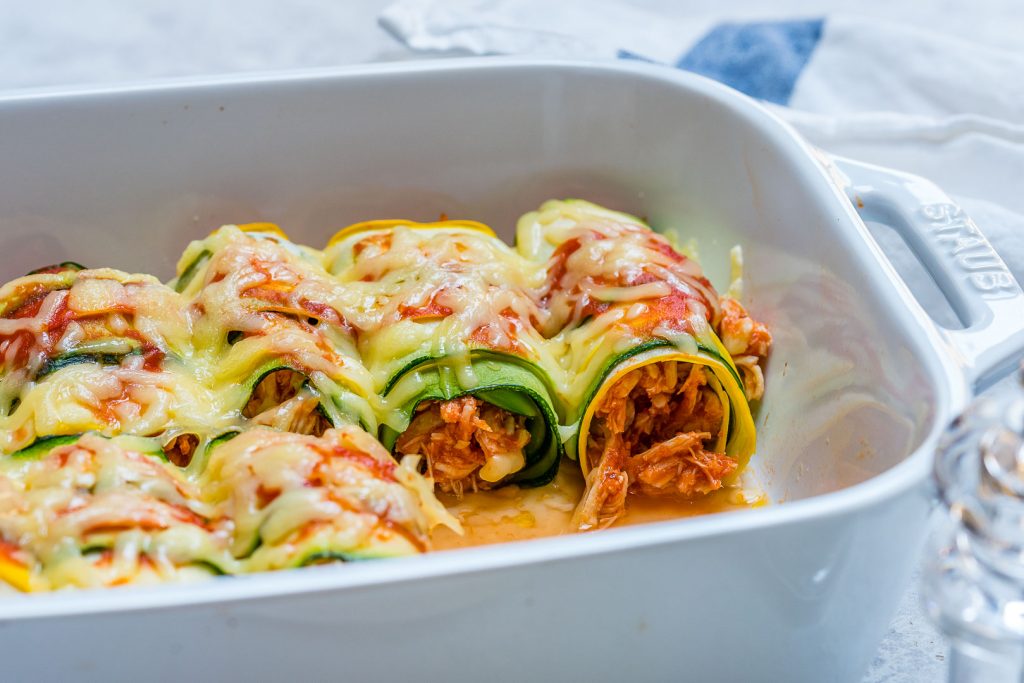 Clean Eating in the Summer
Clean Eating in the Summer
In Summer look for foods that are vibrant and water rich that will keep you nourished and hydrated while out in the sun! Smoothies, salads, and wraps are some great options!
Veggies: Zucchini, cucumbers, corn, garlic, bell peppers, arugula
Fruit: Watermelon, cantaloupe, cherries, blueberries, lemons, peaches, nectarines, passion fruit, blackberries
Recipes: Zucchini Chicken Enchilada Roll-Ups
 Clean Eating in the Fall
Clean Eating in the Fall
When looking for in season produce in the fall think about foods that are fall-colored (dark green, burnt orange). These types of veggies and fruits are beginning to be a little more substantial and grounding as we move into the colder months. Roasted veggies and soups are beginning to sound super appealing!
Veggies: Green beans, artichokes, brussels sprouts, butternut squash, celery root, swiss chard, eggplant, potatoes, pumpkin, sweet potatoes, horseradish
Fruits: apples, cranberries, chestnuts, pears, persimmons, plums, pomegranate, figs
Recipe: Honey + Garlic Hasselback Sweet Potatoes
 Clean Eating in the Winter:
Clean Eating in the Winter:
In the winter look for produce that works well in warming winter stews and chilis. Our bodies tend to crave a little more fat and protein during these months, especially if we live in a colder climate and that’s completely okay! You’ll notice that many of these foods are great sources of Vitamins C and A to help boost our immune systems during cold and flu season.
Veggies: Beets, cabbage, carrots, leeks, kale, pumpkin, parsnips, cauliflower, leeks, potatoes
Fruit: Citrus fruits, pomegranates, pears
Recipe: Crockpot Beef + Sweet Potato Stew






